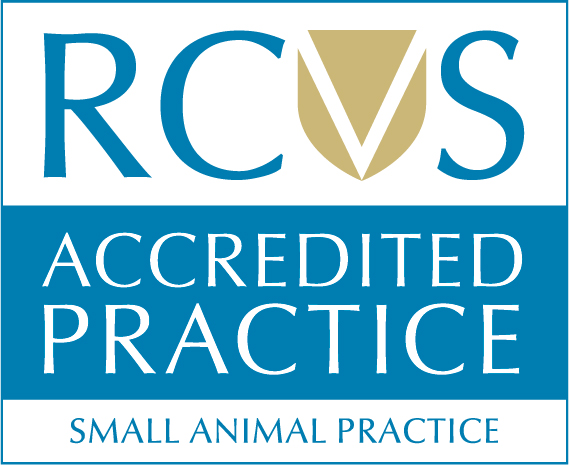What happens when your pet stays with us
#careandexcellence
At some point during the lifetime of your pet you are likely to book them in for a surgical procedure. For veterinary staff who encounter this every single day, many operations are “routine” to us. However, for many clients, this may be the first time their pet has ever had surgery and you may have some questions about what actually goes on behind the scenes.
By explaining exactly what happens step by step, we hope to give reassurance to owners who may have concerns whilst they are waiting to hear from us advising that their pet is awake and doing well and when they will be ready to return home.
-
ADMIT – On the day of the procedure you will be booked in to see a nurse with your pet, usually between 08:15 and 09:00am. The nurse will perform an examination and will ask you a few questions regarding current medications, allergies and starvation periods. The nurse will then discuss the procedure in full and answer any questions you may have. They will inform you of the costs and any risks associated with the operation. At this point, the nurse will ask you if you have any requests such as nail clipping/grooming under anaesthetic. You will also be offered a pre anaesthetic and lungworm blood test. This outlines any kidney or liver problems that may affect the anaesthetic. A consent form will need to be signed to show you have understood all of the information given to you and we will ask that you give us an up to date phone number that you are contactable on all day.
-
KENNELS – Once you are happy to leave your pet we will then take them to their kennel. Each cat or dog will have their own secure kennel with a comfy vet bed. Cats are always kept separate from dogs to keep stress to a minimum. At this stage, if you are elected to take a blood sample your pet will be clipped and prepared for the sample and this will be run in house.
-
PRE-MEDICATION– Prior to anaesthesia every animal will undergo a pre-operative checklist where the vet performing the operation will examine your pet, check your requests and discuss the pre-medication with the nursing staff. All medications are tailored to your pet and the individual procedure being carried out. The nurses will draw up the medications and approximately 30 minutes before surgery, your pet will receive an injection into the muscle which contains a mild sedative and pain relief. They may receive a second injection of an anti-inflammatory under the skin as well. The injection(s) helps to settle your pet before surgery as well as aiding a reduction of the amount of anaesthetic agent required. Many of our pre-medications also promote a smoother recovery.
-
ANAESTHESIA – When we are satisfied that your pet is relaxed we will take them through to the prep room. The vet or qualified nurse will clip the hair on the front leg and introduce an intravenous cannula. This allows access to inject any additional medications throughout surgery if it is required. The vet will inject the anaesthetic agent to effect. Your pet will quickly fall asleep, the nurse in charge will hold your pet while the vet inserts an endotracheal tube into the trachea to ensure a clear airway. The nurse will then tie in place securely. As soon as intubation is successful your pet is given oxygen until they breathe normally on their own, this is when we commence inhalation anaesthesia. Your pet will be monitored closely by the nurse at all times and a good level plane of anaesthesia is maintained. The vet will perform a surgical scrub to ensure his/her hands are free from contaminants and they then don sterile gown and gloves ready to begin the procedure. Your pet will be clipped around the location of the incision site and the nurse will clean the area thoroughly. Once completed, your pet will move into theatre where the nurse performs a second sterile preparation of the skin. When this is done, the vet will drape the patient and the area to maintain sterility. When the vet and nurse are satisfied your pet is fully asleep they will begin surgery. Your pet is monitored by an anaesthetic nurse throughout the procedure who will notify the vet at all times. At this stage your pet will begin intravenous fluid therapy if required. This is to ensure we maintain their blood pressure.
-
RECOVERY – As soon as the vet has stitched up, the nurse will turn your pet off the anaesthetic gas. They will slowly start to wake up. They will be supplemented with oxygen until we remove their tracheal tube. Your pet will then be moved back to their kennel where the inpatient nurse will sit with them and monitor them until they are happy that they are aware of their surroundings. At this point, we will call you to let you know they have recovered.
-
FOOD! – Once your pet is able to stand we will offer them something to eat. This will usually be chicken and rice unless specified by you or their vet.
-
DISCHARGE – The nurse will discuss the home care plan with the vet and create a document for you to read at home, detailing important information such as exercise, food and medication. An appointment will be made for you to collect your pet and the discharge nurse can then answer any questions you have.
-
TIME TO GO HOME – Now you can take them home for some TLC. We advise most patients have a re-examination with a nurse in 5-7 days time.
